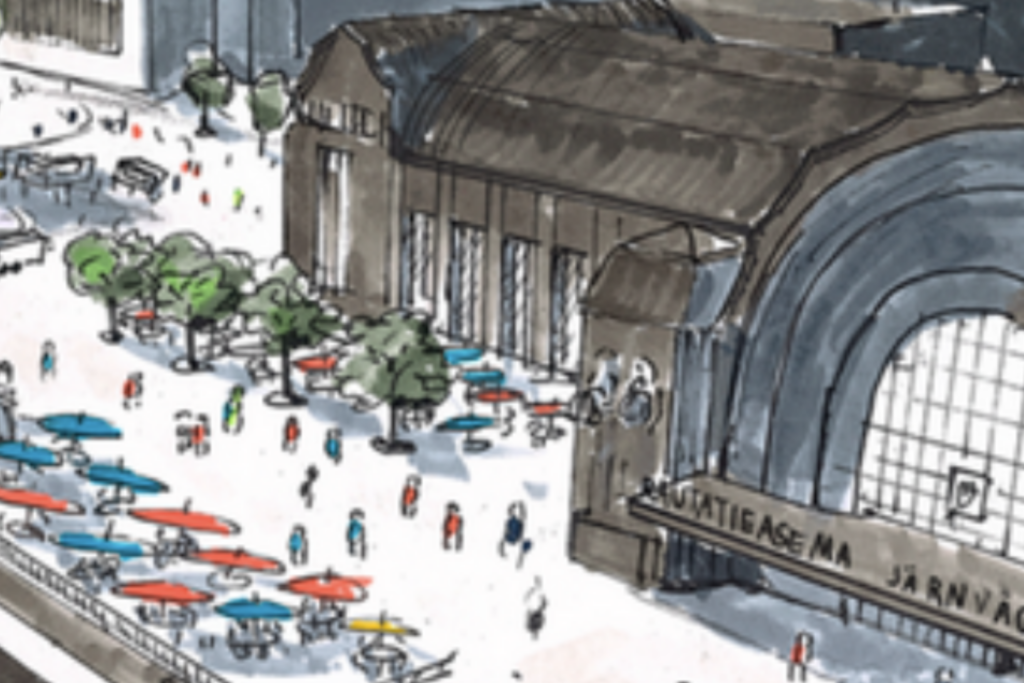

Urban Revival: How Public Acceptance of Urban Planning Has Been Shifting Over The Past Decades
Are smart cities “smart”? Maybe our cities are rather “social” than “smart”. What do you think? Juhana Rantavuori, photo credit: Jan Ahlstedt Juhana Rantavuori is



